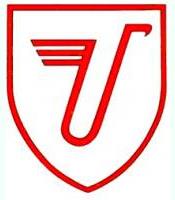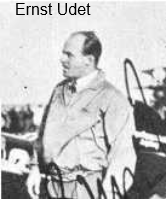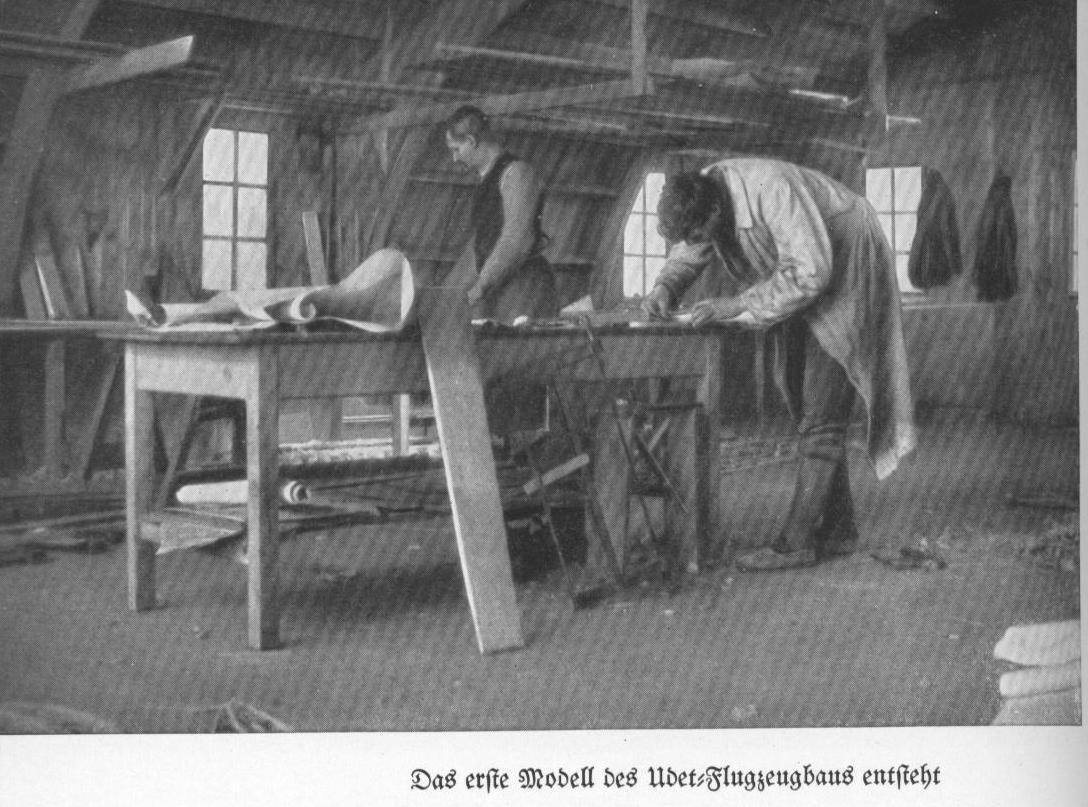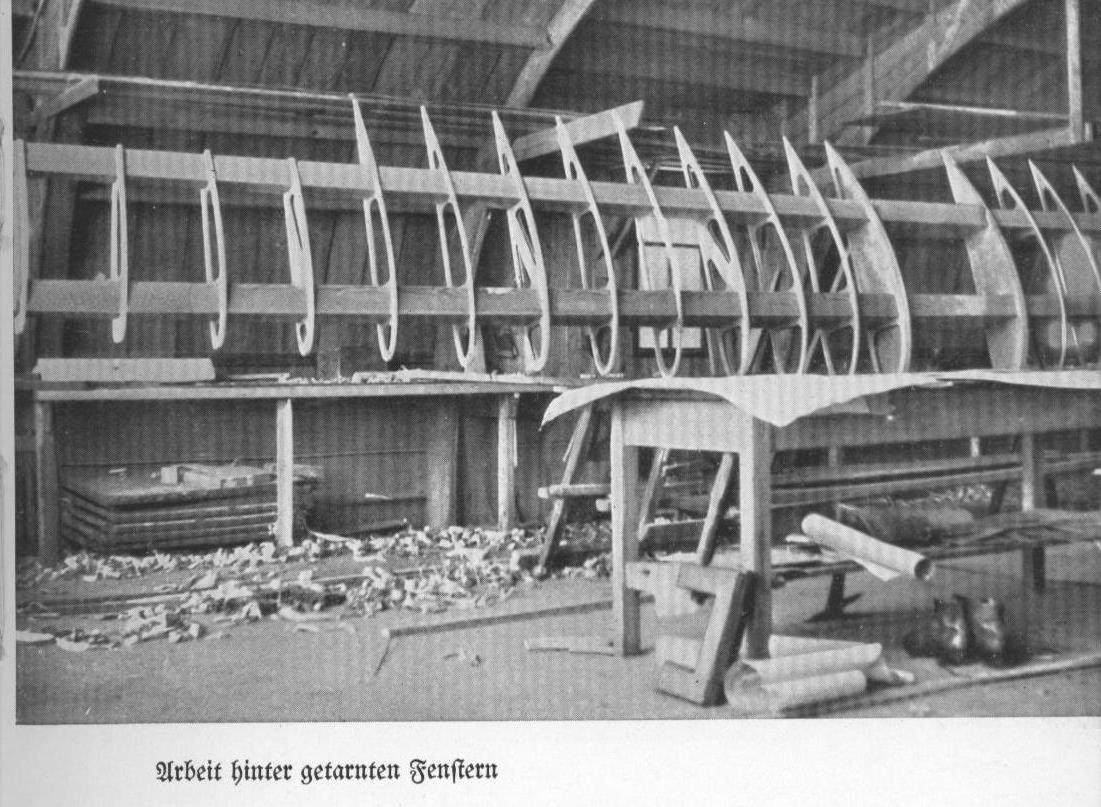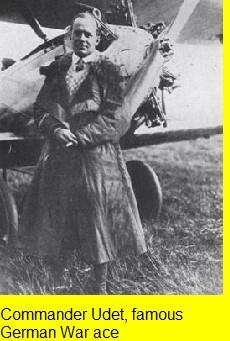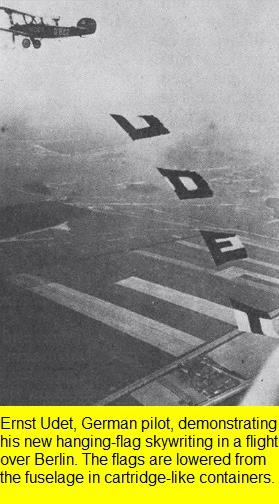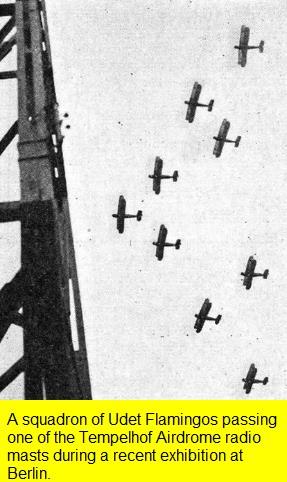In less than three years following the November 1918 Armistice, Udet was to lend his name to aircraft manufacture. William PohI of Milwaukee, Wisconsin, had decided that what Germany needed was a cheap light plane available to the masses. He saw the advantage to have a well-known ace in the company, Ernst Udet eagerly accepted the proposition which led to the launching of Udet-Flugzeugbau in 1921. A start was made by renting a workshop at Milbertshof en, near München. But in July 1921, Udet Flugzeugbau was forced to go "underground" before members of the IMKK (Inter-Allied Military Control Commission) could step in and apply the "notoriously restrictive aviation clauses" of the Treaty of Versailles. Together with the vital jigs and tools, the half-completed prototype Udet U-1 was hastily loaded into a horse-drawn waggon and spirited away in the depth of night.Subsequently the U-1 prototype (40/30 h.p. Haacke 2-cylinder engine) was completed at Ramersdorf behind the "cover" of perfectlylegitimate production of beehives and chicken-coops being turned out by Udet's friend and subsequent aviation colleague, Dipl. Ing. Erich Scheuermann, a pilot since 1911.Fortuitously, the total ban on aircraft construction was partially lifted on May 5, 1922. And, just under two weeks later, the U-1 single seater was towed behind an automobile through the streets of Munich on route to.the commercial airfield at Oberwiesenfeld. Ernst Udet undertook the first flight there on May 16. Six months later, on October 23, 1922, the small company was officially incorporated as Udet Flugzeugbau GmbHOnly one U-1 was built but this was followed in rapid succession of several designs. However, before the end of 1925, both Ernst Udet and his friend Erich Scheuermann were to part company with William PohI and Udet-Flugzeugbau GmbH because of disagreements at management level.Even the success with the Flamingo could not save the enterprise from financial disaster. Employment had risen steadily so that, by the end of 1925, the Company was one of the biggest German aircraft constructors. But the wide diversification, namely the development of several types had eaten up large amounts of money. The Munich banking house of Merck, Finck und Co alone had invested some 800,000 Marks for which no dividends could be paid, and negotiations with the Reichsverkehrsministerium (Ministry of Transport) and the Bavarian State led to the establishment of a new firm to take over control. (BFW)
The Udet factory received an invitation from “Circulo Aeronautico Aleman”, that Udet would come to Argentina and fly the “Copa Wilbur Wright”. There should be flown with the U-2 and U-3 on August 9, 1923, at the Wilbur Cup at Buenos Aires. End April/begin Mai 1923 Udet arrived with the Cap Polonio in Montevideo, the 2 aero planes arrived at Mai 28, 1923 with the Würtemberg. The aero planes were transported by rail to El Palomar and brought to Escuelo de Aviacion Militar, were they were put together. Demonstration flying with first the U-2 and later the U-3 started at June 10 at San Isidro near Rio de la Plata. Ernst Udet and his friend Max Holtzem were flying both aero planes at June 15 near Rosario. Udet went back to Germany before the Wilbur Cup.
Max Holtzem coult not start at August 5, 1923, with the U-2 for the first round of the Copa Wilber Wright. There were problems with the engine. That was the reason that this aero plane so now and than was used for little flying. The further history is unknown.
U-3
In 1923 it was winner in the Handicap-race Coppa Wilbur Wright. The Circulo Aeronautico Aleman was owned by 2 persons, German Mayenberger and Pablo Salomon Leube and the ask Udet to do advertising flying, for that reason Udet stopt each contact with these persons. To get money for his trip home he sold both aero planes to the autocar racer Jorge Luro, who also the representation for Udet became.
August 5, 1923, the Italian fighter pilot Eduardo A. Olivero flew with the U-3 the 156 km in 1 hour 6 minuts and 15 seconds, 9th place. August 19 Olivero get a hight of 4000 meters. The second round at the Wilber Cup had Olivaro no change.
On an other race at November 19, 1923, Buenos Aires - La Plata, which 5 times should be flown.
Olivero reveived the 4th place with a speed of 179,8 km/h.
The first price he received December 9, 1923 Rosario - Buenos Aires 135 km in 1 hour 9 minuts and 31 seconds.
Luis Luro, the younger brother of Jorge Luro, get the first price Mai 24, 1924 Copa Gobernador Cantilo.
